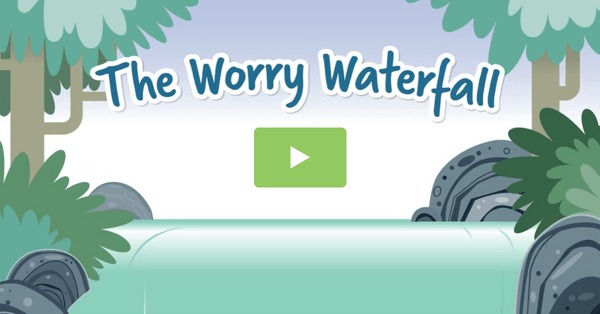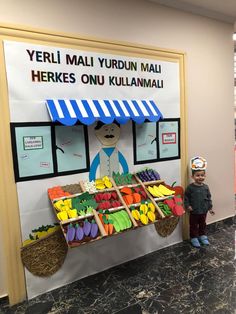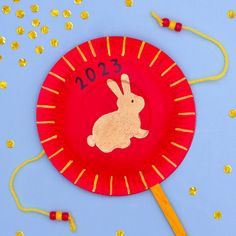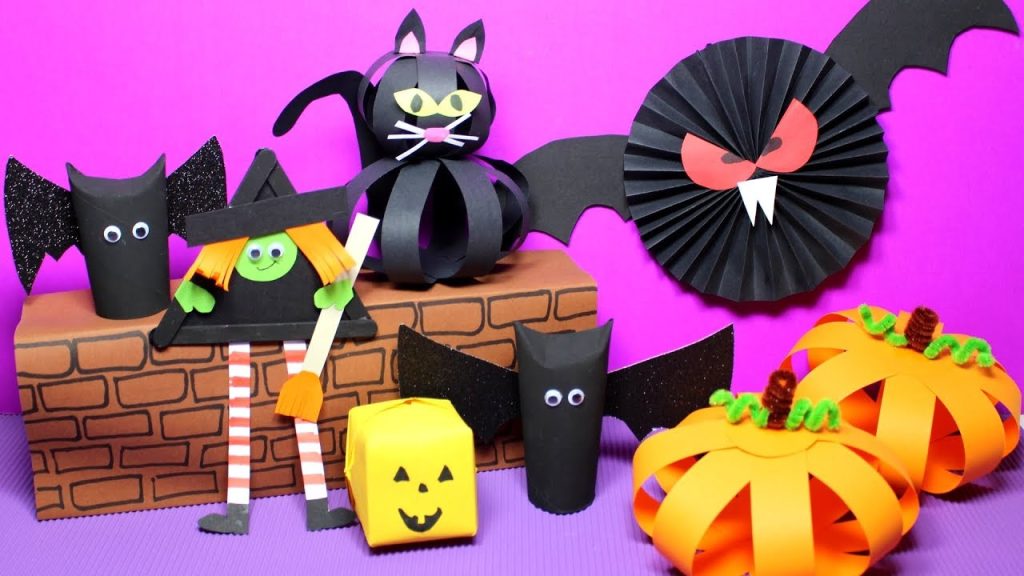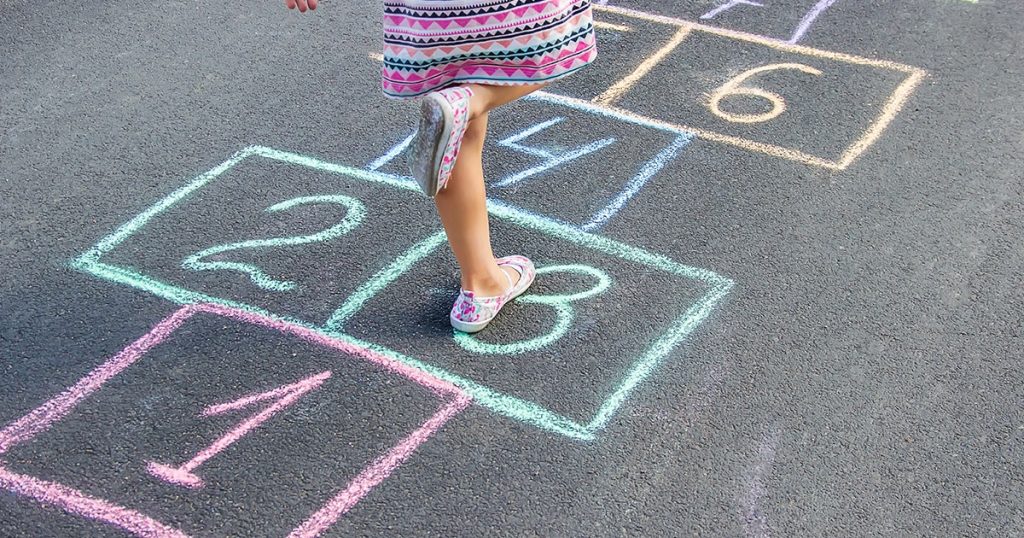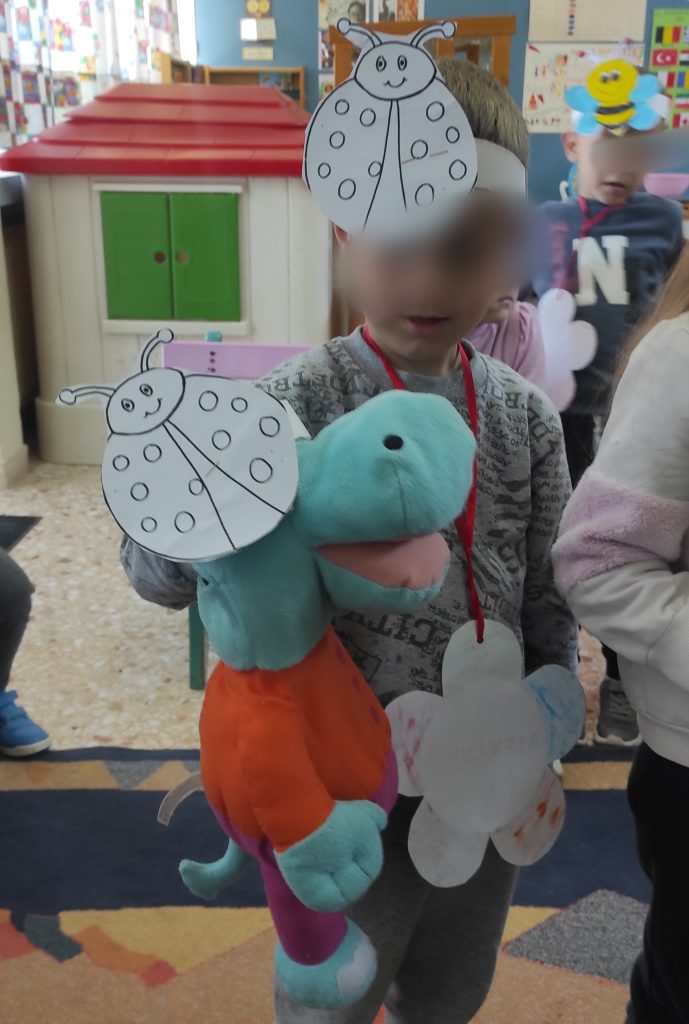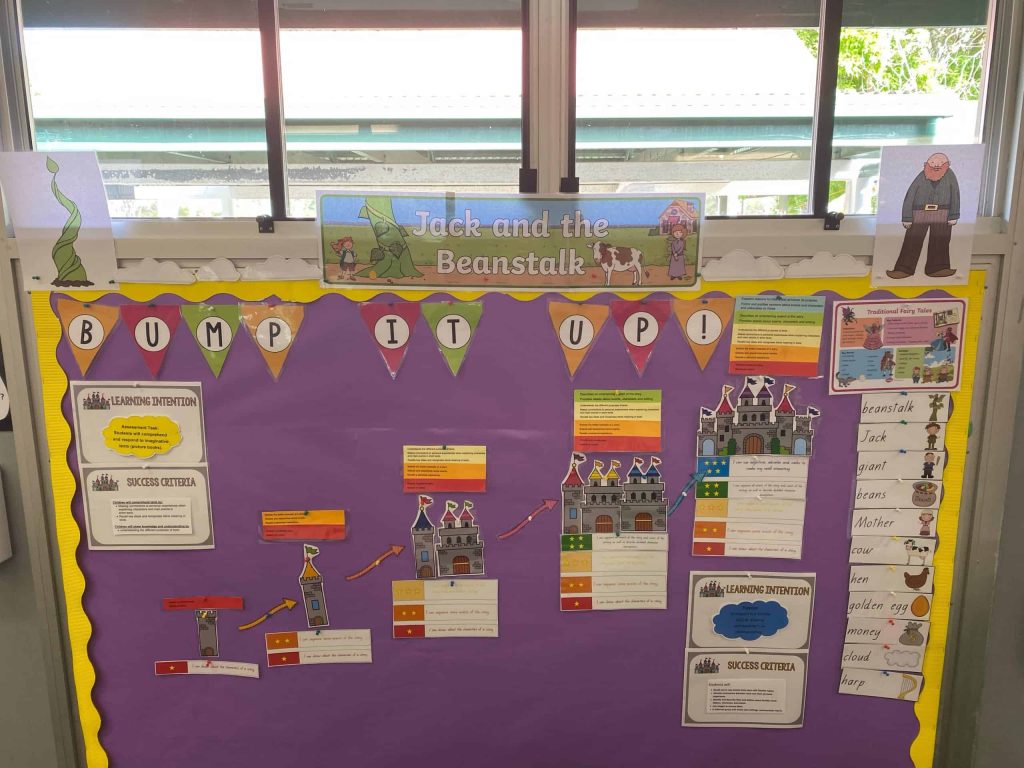In our fast-paced world, anxiety waits around every corner. The relentless pressure to succeed, to compete, and to navigate an ever-changing social and professional landscape has given rise to a collective breathlessness. It’s as if we are all standing under a waterfall of worries, struggling to keep our heads above water.
Enter the “Worry Waterfall” – an innovative anxiety management poster that provides not just a visual but also an actionable guide to managing those persistent thoughts that can overwhelm us. This poster isn’t merely decorative; it’s designed to be a functional tool in the battle against anxiety. It invites us to visualize our worries as water droplets cascading down a cliff face, pooling at the bottom before flowing away.
The beauty of the Worry Waterfall poster lies in its simplicity. It’s based on proven psychological principles and works by walking viewers through a series of steps that mimic cognitive-behavioral therapy techniques. Think of it as a map guiding users through rough emotional terrain.
At the top of the waterfall, users input their current worry or stressor. Beneath this, the poster prompts them to challenge the validity of this concern—is it based on fact or assumption? What’s the worst that could happen, and how likely is it? As one follows these prompts downwards, like water cascading over rocks, there’s a tangible sense of release as each irrational worry is broken down and scrutinized.
The midsection of the poster provides strategies for interrupting anxiety-provoking patterns: deep breathing exercises, mindfulness practices, and grounding techniques. Here then is where individuals can actively engage with their emotions—splashing in the pool of consciousness with tools that help regain control.
Finally, at the bottom of the Worry Waterfall, after acknowledging their feelings and applying coping mechanisms, users find space to reframe negative thoughts into positive affirmations or more realistic statements—a mental stepping stone directing them out from under pressure’s cascade and into calmer waters.
Prominently displayed in offices, homes or schools this poster serves as both a reminder and an instructor: your worries are navigable. With each step down the waterfall, this poster empowers individuals by illustrating that no matter how overwhelming the anxieties of life may seem, they can be dismantled piece by piece until they’re manageable droplets merging into a serene riverbed of thought.
In parallel with its pragmatic approach to anxiety management, the Worry Waterfall poster also carries an aesthetic appeal—often featuring calming colors and imagery that further enhance its therapeutic effect. So hang it on your wall and let it guide you through those moments when you need extra support—the Worry Waterfall is here to turn your anxieties from deluge to dribble.
